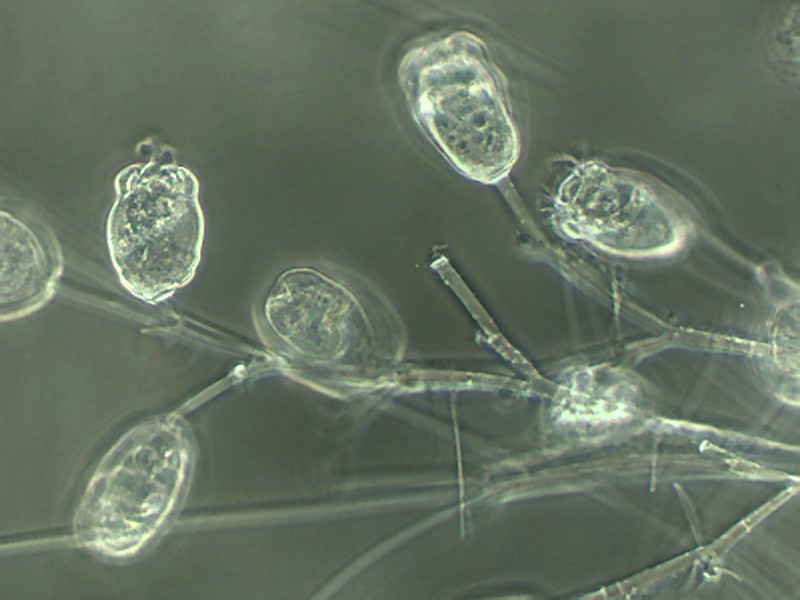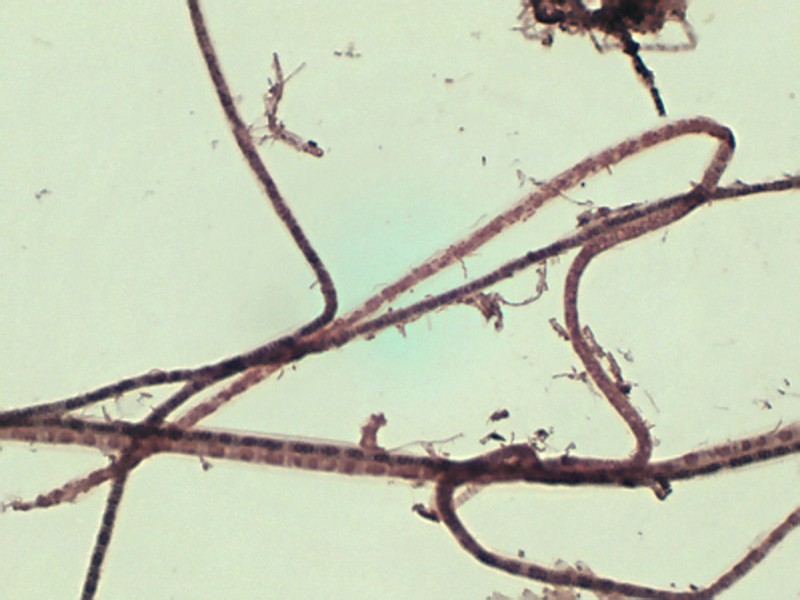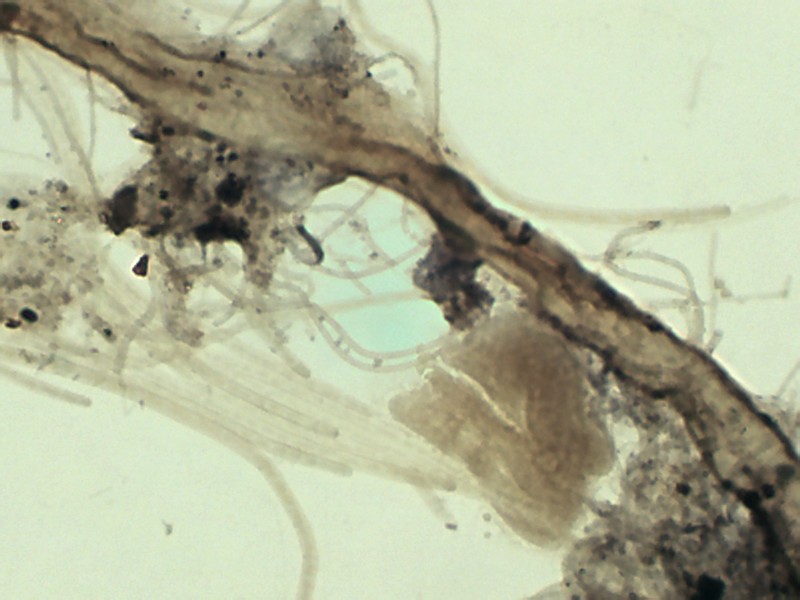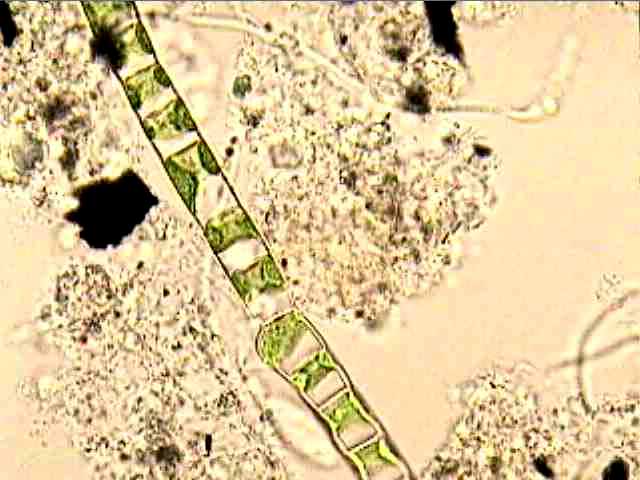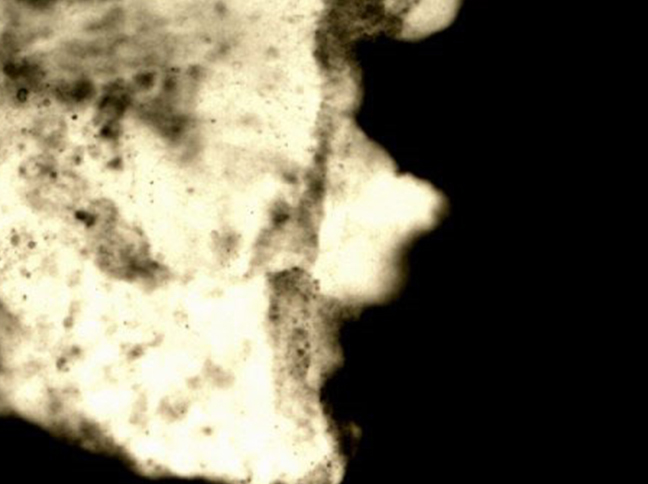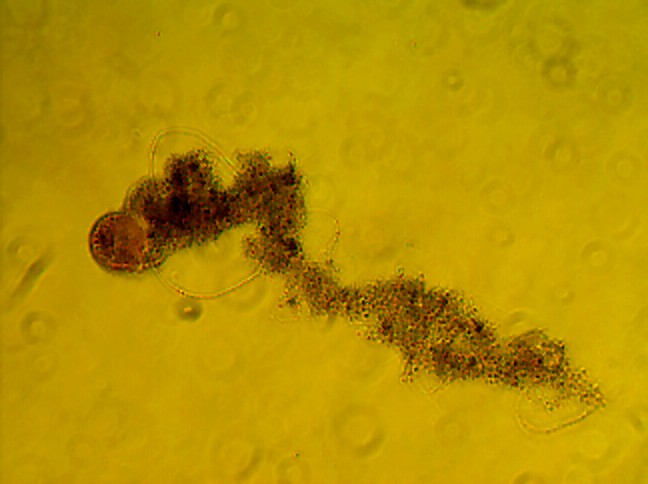- Home
- Company
- Products
- Lab Analysis & Consulting
- Customized Solutions
- Contact Us
- Spanish
A wastewater sample can provide a significant amount of information to determine the health of the biological system as well as to find deficiencies and underlying problems. Our microbiology lab is equipped to perform microscopy on indicator protozoa, floc structures, polysaccharide coating and filamentous bacteria stains.
The analysis helps determine sludge age, nutrient deficiencies, BOD5 shocks, toxic shocks, the cause of high TSS and the presence of foreign particles. Additionally, the evaluation allows the identification and root cause of zooglea, filamentous species as well as fungi. When necessary, the report provides recommendations of areas to monitor and corrective actions to take.
Proper identification of filamentous bacteria helps determine the root cause of their origin. Quite often the root cause of a problem can be identified and an unexpected problem area is exposed. For example, an activated sludge plant that is believed to be properly aerated may suffer from septic or low dissolved oxygen filamentous bacteria. The problem could be coming from the collection system or it can originate in the plant. Sometimes aerated plants can have dead spots where sludge accumulates in a corner and the lower portion of the sludge layer becomes septic. Also, old organic buildup on clarifier support structures can be a source of septic filaments. Proper microscopy analysis can reveal the source of the problem with great clarity.
Contact a Bioalchemy Inc. technician to run a wastewater sample evaluation.
